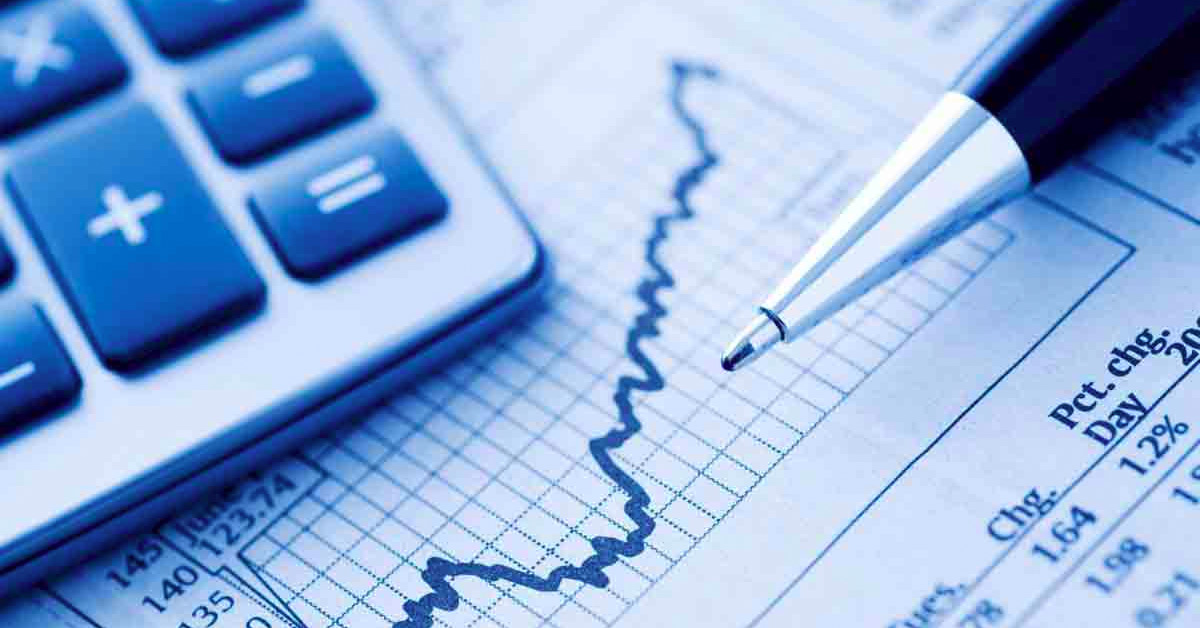
Optimistic outlook for 2025
As of February 2025, the Australian economy exhibits several positive trends, reinforcing a stable and optimistic outlook for the coming year. Several key sectors, including economic growth, inflation control, investment performance, government initiatives, consumer spending, and international relations, have contributed to this positive trajectory.
Economic Growth
The Australian economy is on an upward trajectory, with the International Monetary Fund (IMF) forecasting a rise in GDP growth from 1.2% in 2024 to 2.1% in 2025. This growth is driven by strong domestic demand, increased public and private sector investments, and rising consumer confidence. Economic recovery efforts post-pandemic, along with infrastructure development, are further strengthening the country’s financial stability. Key industries such as technology, healthcare, and renewable energy continue to attract investment, generating jobs and increasing productivity.
Inflation Control
Inflation, which had been a challenge in previous years, has shown signs of moderation. The Reserve Bank of Australia (RBA) projects that inflation will return to the target range of 2–3% in 2025. This moderation has been achieved through a combination of monetary policy adjustments, improved supply chain resilience, and stabilizing global commodity prices. Lower inflation is leading to enhanced purchasing power for consumers, reducing the cost-of-living pressures and promoting overall economic well-being.
Investment Performance
Investment in Australia has seen significant growth, particularly in equity markets and government-backed projects. The Future Fund, Australia’s sovereign wealth fund, achieved an impressive 12.2% return in 2024, increasing its total value by $26 billion to $234 billion. The fund’s performance was supported by strong gains in the US share market, strategic diversification, and increased exposure to both Australian and international equities. Additionally, foreign direct investment (FDI) in Australia remains strong, particularly in mining, energy, and technology sectors, further boosting economic prospects.
Government Initiatives
The Australian government has implemented strategic initiatives aimed at strengthening the domestic economy. The ‘Future Made in Australia’ policy, announced in April 2024, is set to revolutionize local manufacturing, particularly in the sustainable energy sector. The policy includes a $22.7 billion investment over a decade to support green hydrogen, solar panel manufacturing, and critical mineral mining. These initiatives are expected to create thousands of jobs and position Australia as a leader in clean energy exports. Additionaly, infrastructure development projects in major cities, including transport and housing, are enhancing connectivity and supporting economic expansion.
Consumer Spending and Labor Market
With real wages on the rise and inflation stabilizing, Australian households are experiencing improved financial security. This has led to increased consumer spending, particularly in retail, travel, and hospitality sectors. Additionally, the unemployment rate remains low, with workforce participation at an all-time high. Government and private sector initiatives to upskill workers in digital and green industries have further contributed to job creation and economic resilience.
Strengthening International Relations
Australia’s strong political and economic ties with New Zealand and the USA continue to be a pillar of stability and growth. The Australia-New Zealand Closer Economic Relations (CER) agreement remains one of the world’s most comprehensive free trade agreements, fostering economic collaboration and seamless trade. Bilateral cooperation on defence, climate change initiatives, and labour mobility ensures continued economic and diplomatic synergy.
Similarly, Australia’s relationship with the USA remains strong, with both nations committed to deepening their trade and security partnerships. The AUKUS agreement continues to enhance defence collaboration, while increased technology-sharing initiatives, including AI and cybersecurity advancements, are fostering innovation. American investment in Australian industries, particularly in renewable energy and critical minerals, is further solidifying economic ties between the two allies.
Conclusion
Australia’s economic outlook for 2025 remains positive, driven by sustainable growth, controlled inflation, strong investment returns, government-backed initiatives, and robust international relationships. With a stable labour market, expanding industries, and strengthened political alliances, the country is well-positioned for continued economic prosperity.











